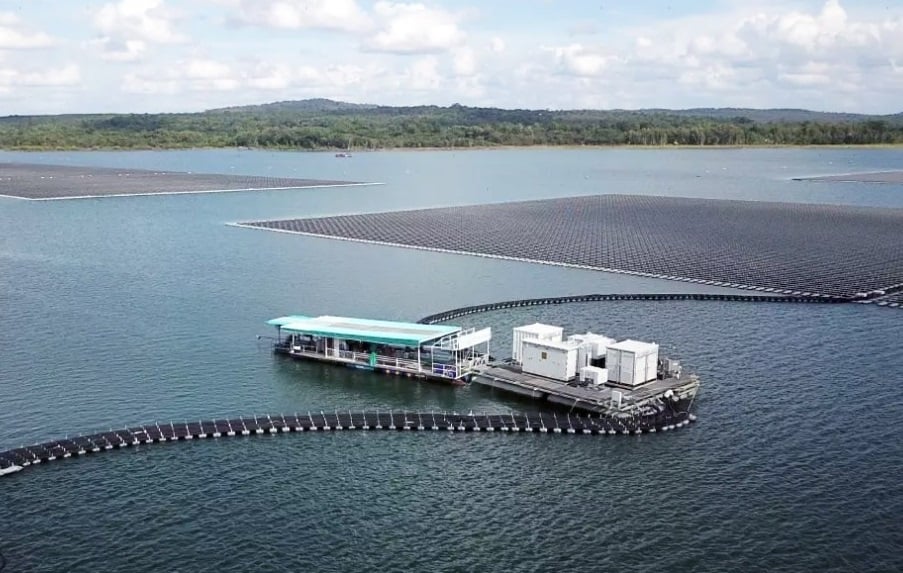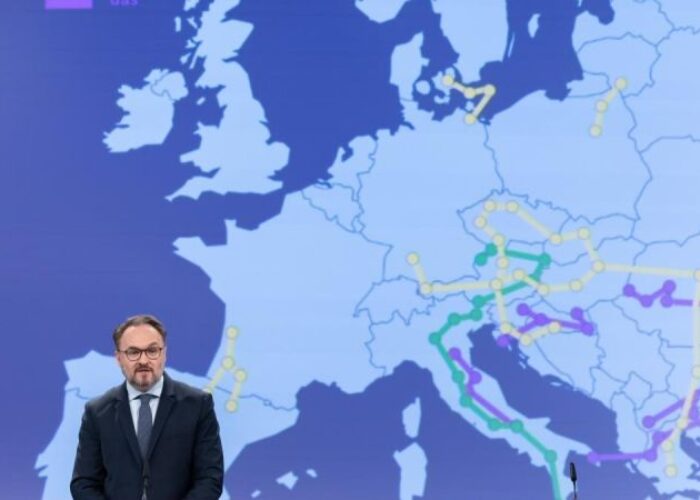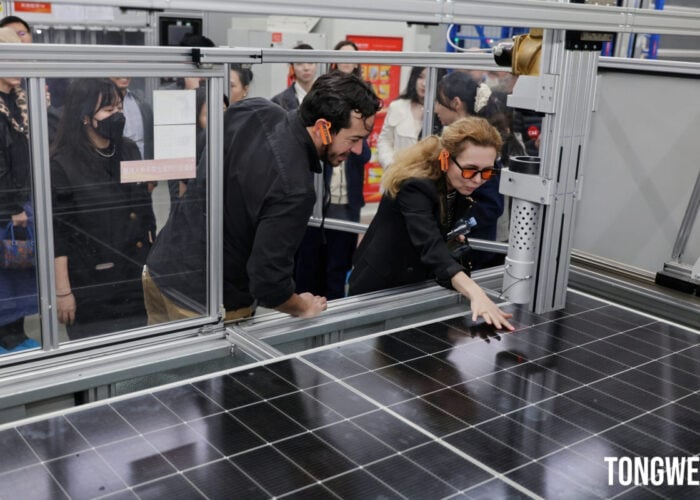
Adding 32GW of new solar capacity, plus 15GWh of batteries, to Thailand’s power generation deployment targets could cut power generation costs by as much as US$1.8 billion.
This is according to the latest report from Ember Climate, ‘Thailand’s cost-optimal pathway to a sustainable economy’, which was published yesterday and calls for the country to expand its renewable energy deployment targets. The increased solar and energy storage targets could sustain the forecasted electricity demand increase from data centres and EV charging in the coming years.
Try Premium for just $1
- Full premium access for the first month at only $1
- Converts to an annual rate after 30 days unless cancelled
- Cancel anytime during the trial period
Premium Benefits
- Expert industry analysis and interviews
- Digital access to PV Tech Power journal
- Exclusive event discounts
Or get the full Premium subscription right away
Or continue reading this article for free
Under the current draft revised power development plan (RPDP), released in 2024, Thailand aims to add 64GW of new renewable energy capacity by 2037, in order for renewables to account for 51% of domestic energy generation.
This would be a significant change from the country’s energy mix, which has been reliant on fossil fuel production in general, and gas in particular, for many years. The graph below shows that the contributions of gas to the country’s energy mix have increased in recent years, accounting for over two-thirds of domestic electricity generation in 2024.
The report notes, however, that the current RPDP would require significant investment in new electricity generation, and leave Thailand vulnerable to foreign gas imports. It notes that US$153 billion in new investments will be needed to meet the RPDP targets, and in 2024 imported gas accounted for 40% of gas used in Thailand, up from just over 20% in 2015, and this trend is expected to continue in the years to come.
Ember recommends dramatically increasing the solar and storage targets, in particular, set out in the RPDP, calling for 89% more new solar capacity and 60% more new battery capacity. The report calls this the “cost-optimal pathway” as, while investment in new energy projects will be US$15 billion higher than under the RPDP plan, the replacement of gas generation capacity with new solar and storage projects will cut power generation costs by US$1.8 billion.
The report also calls for a lowering of gas consumption by 11%, compared to RPDP figures. This would reduce fuel costs by US$16 billion compared to the RPDP scenario, meaning that the combination of greater solar and storage investments, and a lower reliance on gas imports, would generate a net saving in new energy investments, while improving the resilience of the country’s grid.
“Emerging countries are at a crossroads of meeting a rising electricity demand at affordable costs to drive the economy while cutting emissions for sustainability goals,” explained Ember energy analyst and lead author of the report, Lam Pham.
“Solar, coupled with battery storage, represents the optimal pathway to address this trilemma. The energy transition of Thailand towards home-grown renewables could lower energy costs, cut emissions and strengthen energy security by mitigating dependence on fossil fuel imports.”
The report also notes that there is likely to be considerable demand for new electricity generation from electric vehicle (EV) charging stations and data centre deployments. Ember expects data centres alone to increase electricity demand by 10TWh by 2037, with the market to grow by a combined annual growth rate of as much as 8.5% between 2025 and 2027, while EVs are expected to account for one-fifth of the country’s electricity demand by 2037.
Ember said that solar and storage ought to be the “foundation” of the country’s changing energy mix, which could be prone to “demand spikes or renewable shortfalls” in the coming years.
These conclusions echo sentiments expressed in another Ember report, covering the European power sector, published last month. That report’s lead author, Dr Pawel Czyzak, told PV Tech Premium that more co-located solar and storage projects could help deliver “quick wins” for Europe’s grids, which have long been a sticking point for new renewable capacity additions.






